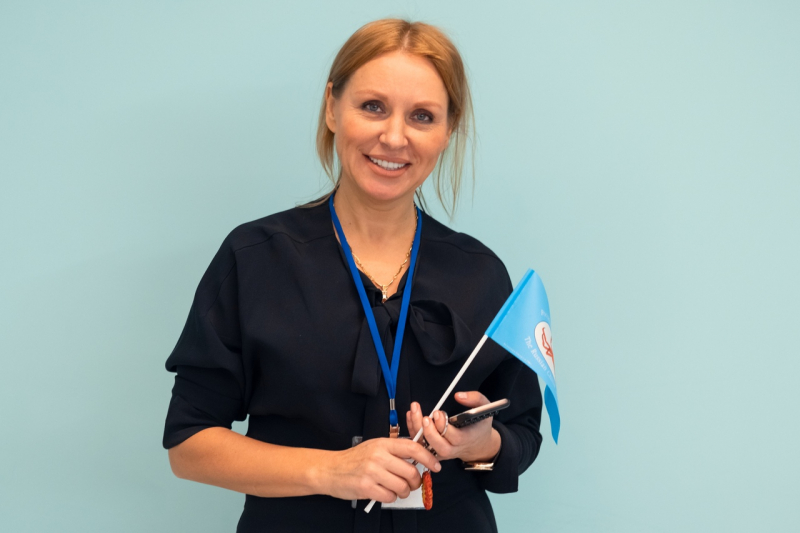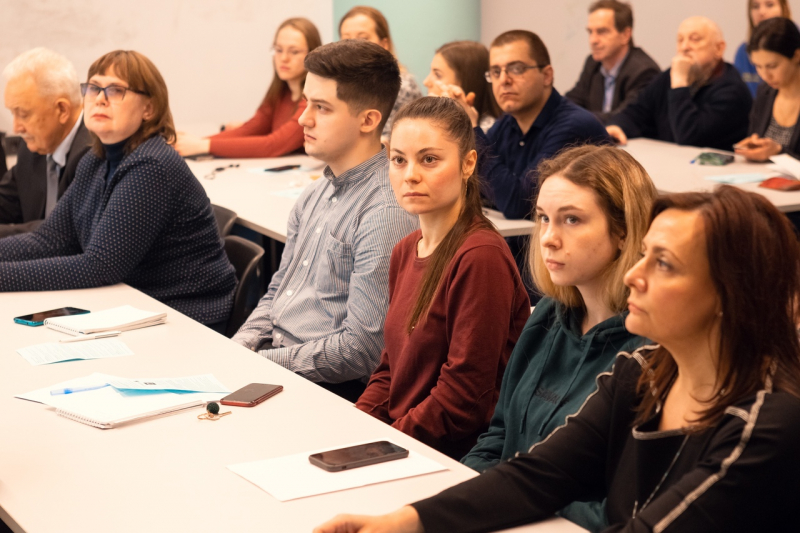Elena Kiprushkina, associate professor at ITMO’s Faculty of Food Biotechnologies and Engineering, chair of the St. Petersburg Chapter of Chitin Society
Chitin is one of the most common biopolymers in nature, along with cellulose. Chitin and its derivatives are actively used in over 70 industries, the most important being biotechnology, food industry, medicine and cosmeceutics, agriculture and veterinary medicine.
What is chitosan?
Chitin can be modified into chitosan by using concentrated alkali and heating. Chitosan acquires an amino group that increases the polymer’s reactivity, its ability to dissolve in water and acids, and makes various chemical transformations possible. Chitosan turns into a versatile building block, which researchers can turn into a unique polymer fitted to their needs. It binds well with other chemicals, and can carry other compounds.

Chitosan is highly biocompatible, which is why it is actively used in medicine: for example, in a variety of wound healing, adjuvant, surgical soluble suture materials with no allergic properties. It is also used for anti-radiation purposes, as a compound in anti-burn, styptic materials – for example, the Military Medical Academy develops styptic bandages with chitosan.
What research is being done in this field by ITMO University scientists?
At ITMO University, the Faculty of Food Biotechnologies and Engineering is actively developing various chitosan-based food wraps which have prolonging properties and can increase food shelf life by several times. At the same time, such wraps can’t be detected visually and also has bacteriostatic and bactericidal properties.

Moreover, the faculty is conducting research on the use of chitosan for sludge absorption in brewing, for whey protein coagulation, production of iodized food based on the iodo-chitosan complexes and functional products based on chitin, which reduces blood cholesterol levels. Stabilizers for pastry production are also being tested, and biological preparations are being developed. The latter are biogenic elixirs that induce disease resistance of fruit and vegetables during vegetation and/or cold storage, etc.
Current problems
The mass extinction of bees is being actively discussed in the media around the world, as it is a significant cause for concern. Science has proven that bees are responsible for the production of one-third of humanity’s food intake. The cost of additional crops from pollination by bees exceeds the cost of direct beekeeping by 10-12 times. Scientists argue that when bees disappear, humankind will also disappear. Beekeeping as a branch of agriculture links many countries together, thus serving as a good basis for international economic relations.

To solve this problem, Master’s students at our faculty are actively involved in the project “Natural immunostimulating supplements in beekeeping and their impact on bee survival and honey quality”. In many countries, beekeepers mainly use antibiotics to treat bee diseases. However, when antibiotics are used, the wax accumulates the products of their decay, subsequently saturating the honey with them.
We are developing a feed additive that can reduce the numbers of infectious disease agents for honeybees. We propose to use immunomodulators based on natural substances such as β-glucans and a chitosan complex to increase immunocompetence. Also and most importantly, it reduces and prevents the resistance of pathogens to antibiotics, and improves the quality and safety of honey as a product.
Elena Kuprina, a professor at ITMO’s Faculty of Food Biotechnologies and Engineering, staff member at the International Research Center “Biotechnologies of the Third Millennium”

Since chitosan is a natural polymer, scientists naturally developed an interest in using it as a food wrap because it is edible and biodegradable. These two qualities distinguish it from the packaging materials used today, such as polyethylene, for instance.
But some of its properties, such as its lack of elasticity and insufficient resilience do not meet the requirements for food wraps. Therefore, it needs to be modified with other polymers, which is what we do.
We have achieved some rather interesting results by combining chitosan with sodium alginate, which are actually thermodynamically incompatible, but we managed to build the technology in such a way that we made them compatible. We are now waiting for the latest data on the properties of these wraps. We hope that this will be a new word in this field of research.
Valery Varlamov, professor and head of the Laboratory of Biopolymer Engineering at the Federal Research Center “Fundamentals of Biotechnology” of the Russian Academy of Sciences

Our laboratory has developed several innovative approaches that allow us to produce low molecular weight chitosan, which increases its solubility in neutral environments. We have developed methods to change the charge of this molecule’s hydrophobicity, which allows us to vary the place where a chitosan molecule or its derivatives enter the cell. Depending on its structure, it selectively enters either one organelle or another. This is extremely important.
Currently, we are focused on the certification of chitosan so that it can be used for drug delivery – as a bactericide, antifluenza agent, antioxidant, and so on. A lot of research is being done in this field, but unfortunately there is not enough work on the certification aspect. This is an important task that we are undertaking in our laboratory and at the Russian Chitin Society.
Valery Galynkin, a professor at the Department of Technology of Microbiological Synthesis, St. Petersburg State Institute of Technology

Our department deals with actinomycetes – these are soil microorganisms that synthesize and hydrolyze chitin.
As chitin is mainly extracted from various hydrobionts, so far little attention has been paid to soil chitin. But the fact is, there is a great necessity to clean the ground surface from chitin. The point is that it is not actually hydrolyzed, which means it is not washed with water and therefore pollutes the shores. To solve this ecological problem, you need to treat the earth’s surface with chitinase – an enzyme that catalyzes chitin degradation. And the acetylglucosamine left after this chemical reaction can be used as a medicine – so we kill two birds with one stone.
Alexei Albulov, a professor at the Research and Production Company for Implementation of Scientific and Engineering Technological Innovations of the Russian Academy of Sciences

Our company is the only one in Russia to manufacture products from chitin and chitosan. We implement the findings made by researchers from Moscow, St. Petersburg and all over Russia.
We work in several fields at once: veterinary medicine, biotechnology, food industry, and wastewater management. There is a great demand for the use of chitosan of various modifications in food production, especially as a thickener, or a structure formation.
Chitosan is a polysaccharide that is extracted from the shells of crayfish, crabs, insects and fungi. Among its other important properties is its high adsorption activity and, most importantly, that as an absorber it’s not toxic. Therefore, it can be used in drugs, to create polymer matrices of a given morphology as a bioimplant. It can solve the problems of regenerative medicine due to its properties of biocompatibility and biodegradability.

We would like to add that this year, the Russian Chitin Society celebrates its 20th anniversary. For the first time ever, the European Chitin Society will be holding an international conference on chitin and chitosan in Russia: the 14th International Conference of the European Chitin Society (EUCHIS 2020) and the International Young Researchers Symposium on Marine and Plant Polysaccharides (MPP 2020) will be held in Kazan on September 6-10, 2020. Representatives of ITMO’s Faculty of Food Biotechnologies and Engineering will also take part in this event.
Translated by Pavel Vorobyev




